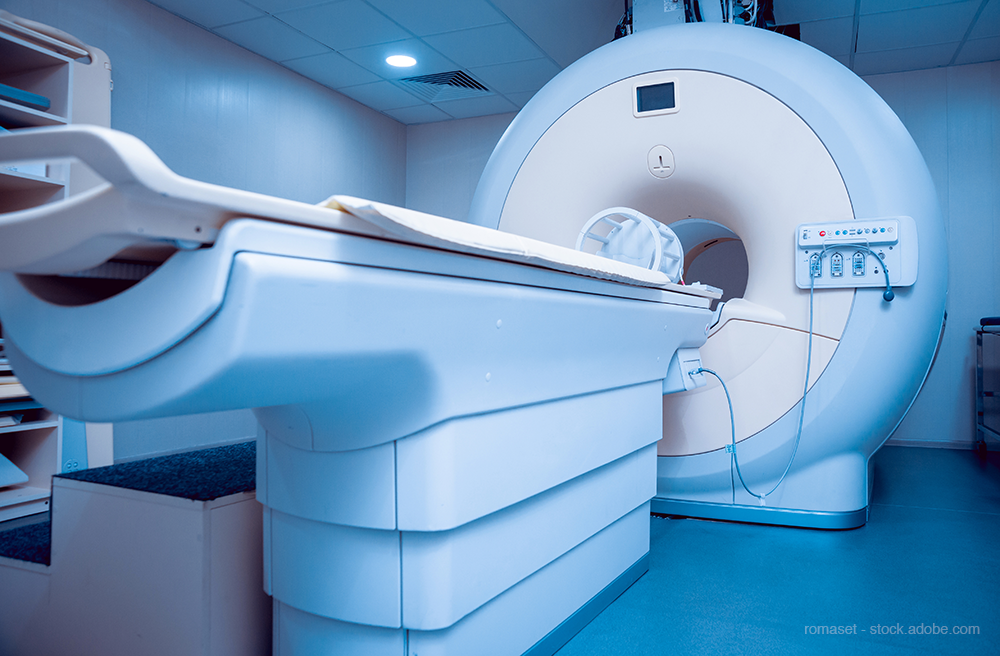Delayed-Phase MRI Accurate in Evaluating Residual Breast Tumor Size
Lobular or HER2–negative cancers are underestimated in size at MRI compared with ductal or other subtypes.

Delayed-phase magnetic resonance imaging provides better accuracy when evaluating residual breast tumor size after neoadjuvant chemotherapy (NAC) than early-phase MRI, according to a study published in the journal Radiology.
Researchers from Korea performed a retrospective study to investigate how accurate dynamic contrast material–enhanced (DCE) breast MRI was for determining residual tumor size after NAC.
The study included 487 consecutive women, mean age, 47.0 years, who underwent preoperative DCE MRI following NAC and subsequent surgeries between 2008 and 2011.
Related article: Study: In-Hospital MRIs Could Be Wasteful
The researchers measured tumor size at 90 seconds after contrast material injection (early-phase), 360 seconds after (conventional delayed-phase), and 590 seconds after (late delayed-phase MRI). Total invasive and in situ tumor size were recorded.
The results showed that compared with tumor size at histopathologic examination, total tumor sizes showed higher agreement at conventional delayed-phase MRI than at early-phase MRI and comparable agreement at conventional and late delayed-phase MRI.
Lobular histologic features and tumor subtype were independently associated with greater size discrepancy. The researchers found that when compared with ductal cancers, lobular cancers were underestimated in size. Estrogen receptor–positive/human epidermal growth factor receptor 2 (HER2)-negative cancers were also underestimated compared with HER2-positive cancers and triple-negative cancers:
The researchers concluded that using delayed-phase MRI provided more accuracy than early-phase MRI when evaluating residual breast tumor size after neoadjuvant chemotherapy.
Emerging AI Algorithm Shows Promise for Abbreviated Breast MRI in Multicenter Study
April 25th 2025An artificial intelligence algorithm for dynamic contrast-enhanced breast MRI offered a 93.9 percent AUC for breast cancer detection, and a 92.3 percent sensitivity in BI-RADS 3 cases, according to new research presented at the Society for Breast Imaging (SBI) conference.
Could AI-Powered Abbreviated MRI Reinvent Detection for Structural Abnormalities of the Knee?
April 24th 2025Employing deep learning image reconstruction, parallel imaging and multi-slice acceleration in a sub-five-minute 3T knee MRI, researchers noted 100 percent sensitivity and 99 percent specificity for anterior cruciate ligament (ACL) tears.